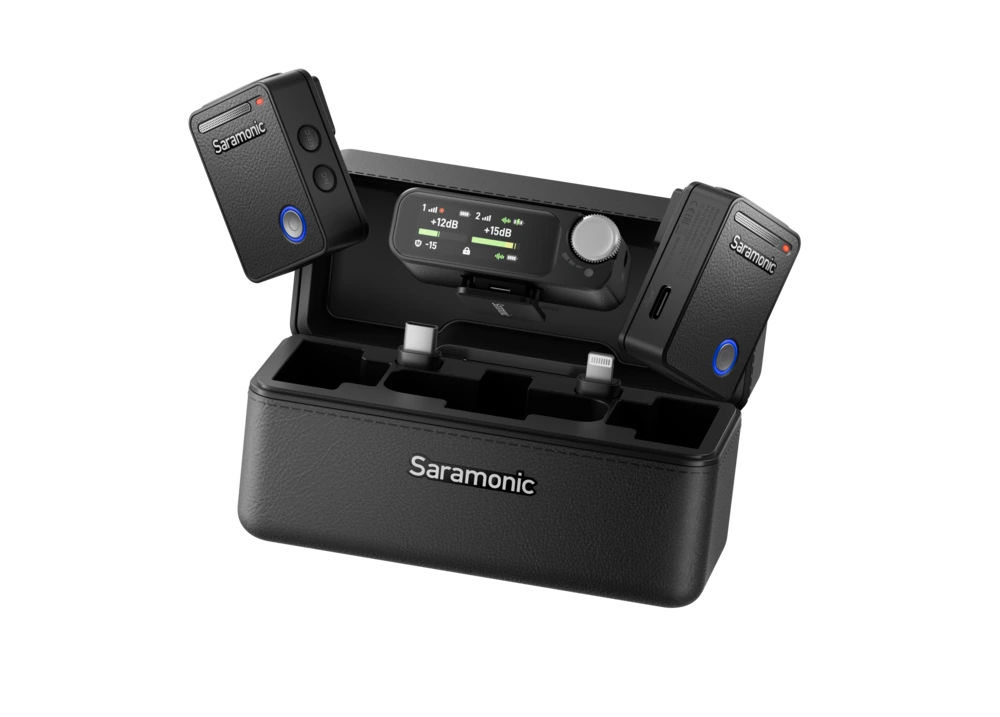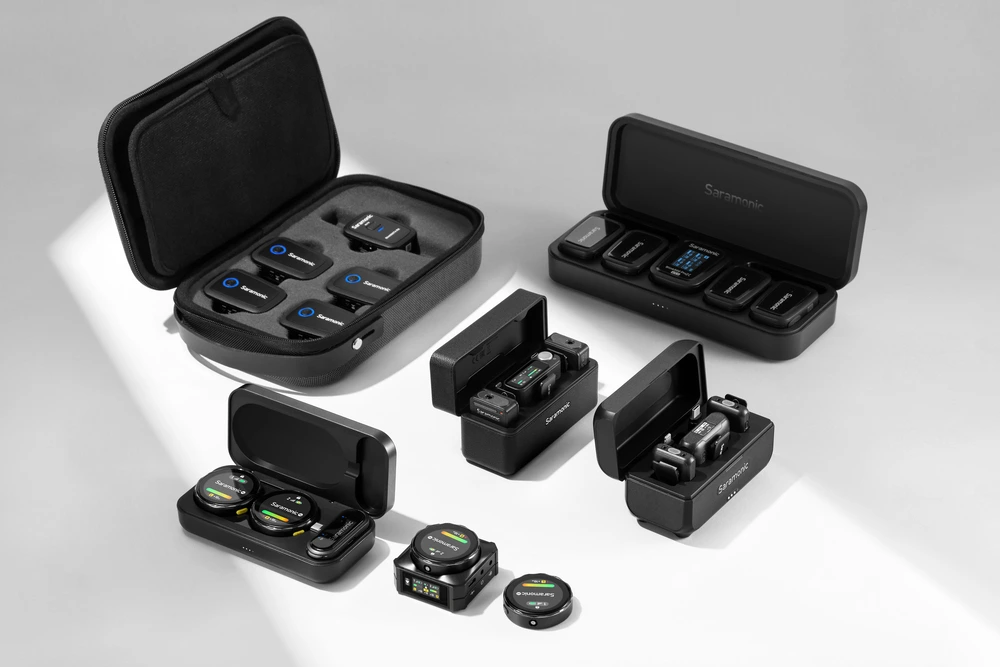Wireless microphones have revolutionized how we capture sound, offering freedom from cumbersome cables. But when you start shopping, you'll quickly encounter the "digital vs. analog" debate. Both technologies aim to get your audio from point A to point B without wires, but they do it differently, leading to distinct pros and cons. Let's break it down so you can figure out which one makes the most sense for your setup.
Think of analog wireless systems like traditional FM radio. Your voice (or instrument sound) is an analog audio signal. The transmitter takes this signal and modulates it onto a specific radio frequency (RF) carrier wave. The receiver then picks up this RF signal, demodulates it, and outputs the original analog audio. It's a straightforward process that's been refined over the decades.

A key component in many analog systems is the “compander". This little piece of circuitry compresses the dynamic range of your audio before transmission and then expands it at the receiver. This helps to maximize the signal-to-noise ratio and fit the audio within the limitations of analog RF transmission. While effective, companding can sometimes introduce subtle audio artifacts, often described as "breathing" or "pumping," especially in lower-quality systems or with very dynamic audio sources.
One of the big draws for analog systems, especially in the past, has been cost-effectiveness. Generally, entry-level and mid-range analog wireless microphones are more affordable than their digital counterparts. This makes them accessible for users on a tighter budget or those just starting out.
Analog systems are also known for their low latency. Because the audio signal undergoes less processing compared to many digital systems, the delay between when the sound enters the microphone and when it comes out of the receiver is typically very minimal, often negligible. This is crucial for live performers who rely on real-time monitoring.
In terms of RF performance in challenging environments, some high-end analog systems can be very robust. While all wireless is susceptible to interference, experienced audio pros sometimes find that well-designed analog systems can handle crowded RF environments with a certain grace, though this is becoming less of an advantage as digital tech improves.

Digital wireless systems take a different approach. The analog audio signal from the microphone capsule is first converted into a digital data stream (a series of 1s and 0s) by ananalog-to-digital converter (ADC) in the transmitter. This digital data is then transmitted wirelessly, often using more sophisticated modulation schemes than analog. The receiver picks up this digital data, converts it back to an analog audio signal using a digital-to-analog converter (DAC), and then outputs it.
Because the audio is transmitted as digital data, it's far less susceptible to the kind of noise and interference that can plague analog signals. If the receiver gets the digital data intact, the audio quality is essentially identical to what went into the transmitter. There's no need for companding in a purely digital system, which means no companding artifacts.

The most significant advantage of digital wireless microphones is often cited as superior audio quality. Since the audio is digitized, it's highly resistant to RF noise and interference during transmission. This generally results in a cleaner, more accurate sound reproduction, free from the subtle artifacts that can sometimes be heard with analog companding. The full dynamic range of the audio source is typically preserved.
Digital systems also tend to offer better spectral efficiency. This means they can pack more wireless microphone channels into a given slice of radio frequency spectrum without them interfering with each other. This is a huge plus in crowded RF environments like big events, theaters, or urban areas where spectrum is scarce.
Many modern digital wireless systems also incorporate encryption. Because the audio is transmitted as digital data, it can be easily encrypted, making it very difficult for unauthorized parties to eavesdrop on your transmission. This is a critical feature for corporate meetings, government applications, or any situation where confidentiality is important.
For analog systems, the main potential downside is susceptibility to RF interference and noise. If a strong interfering signal is present on or near your operating frequency, you can get static, dropouts, or unwanted sounds. The aforementioned companding artifacts can also be a concern for critical audio applications. Also, as more spectrum gets reallocated (like the 600 MHz band in the US being largely given over to telecom), finding clear analog channels can become trickier.
With digital systems, one historical concern has been latency. The process of analog-to-digital conversion, digital transmission, and digital-to-analog conversion inherently introduces some delay. While high-end digital systems have made incredible strides in minimizing this (some are now virtually indistinguishable from analog in terms of feel), cheaper or older digital systems might have noticeable latency that could be problematic for live performers relying on in-ear monitors, or for video where lip-sync is critical.
Another consideration for digital can be cost. While prices are coming down, digital wireless microphones, particularly professional-grade ones, often carry a higher price tag than comparable analog systems. However, the gap is narrowing, especially in the mid-range market.
So, how do you choose? Consider these factors:
Let's put this into a real-world context.
For a solo presenter or a small church a good quality analog system or an entry-level digital system could work just fine, especially if the RF environment isn't too crowded. The main goal is clear speech.
A touring band playing in various venues would likely benefit from the robust performance and superior audio quality of a mid-to-high-end digital system. The ability to navigate different RF environments and the need for consistent sound quality make digital attractive.
Videographers shooting documentaries or corporate videos will appreciate the clean audio and potential for encryption offered by digital systems. Ensuring clear dialogue without RF hits is crucial.
For critical broadcast applications or large-scale theater productions requiring many channels, high-end digital systems are almost always the standard due to their spectral efficiency, audio fidelity, and advanced management features.
There's no single "better" between digital and analog wireless microphones – it's about what's better for you. Digital technology offers compelling advantages in audio quality, spectral efficiency, and security, and it's increasingly becoming the standard. However, quality analog systems still provide reliable performance, often at a lower cost, and excel in low latency. Assess your needs, budget, and the environment you'll be working in, and you'll be able to make an informed decision.